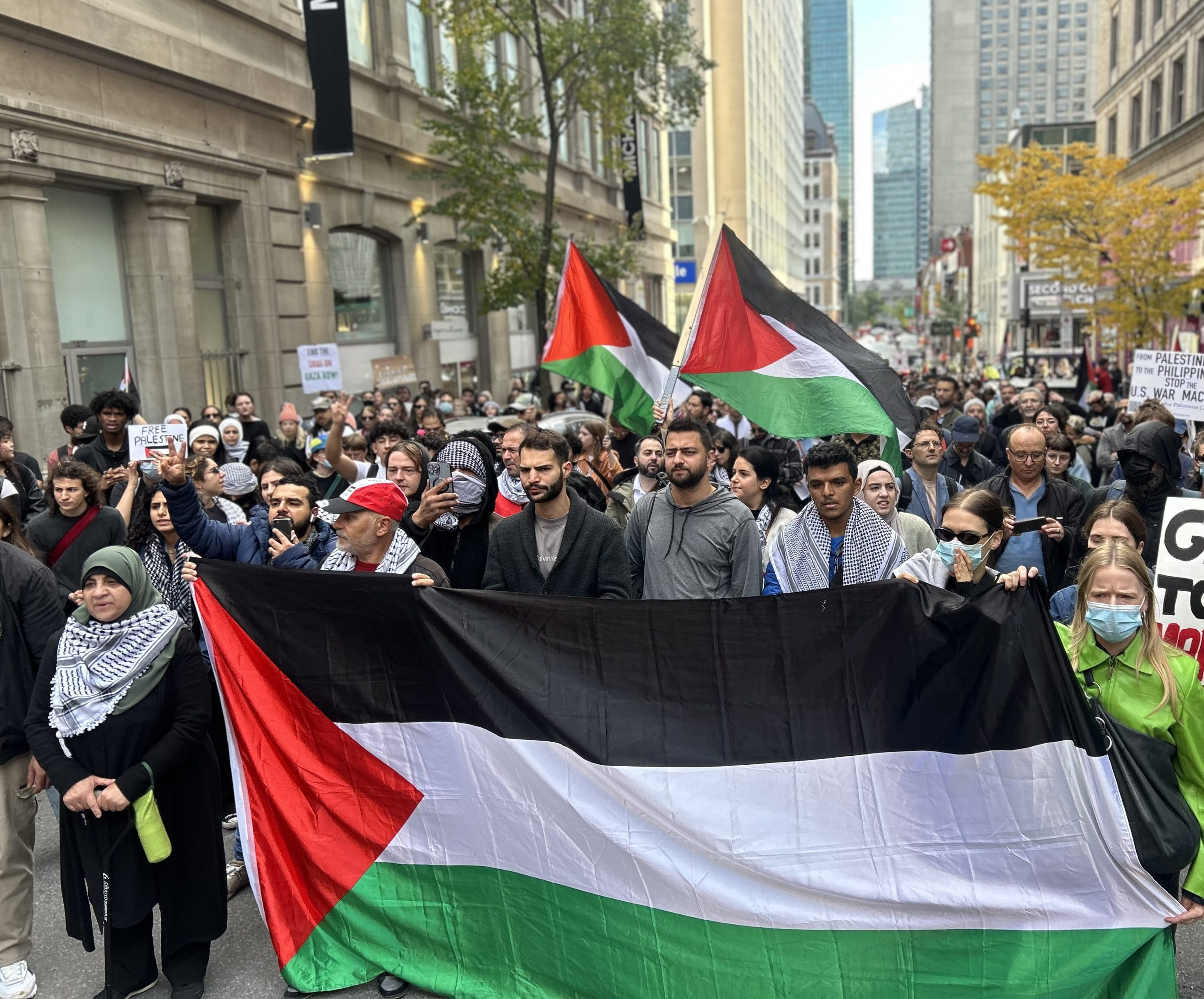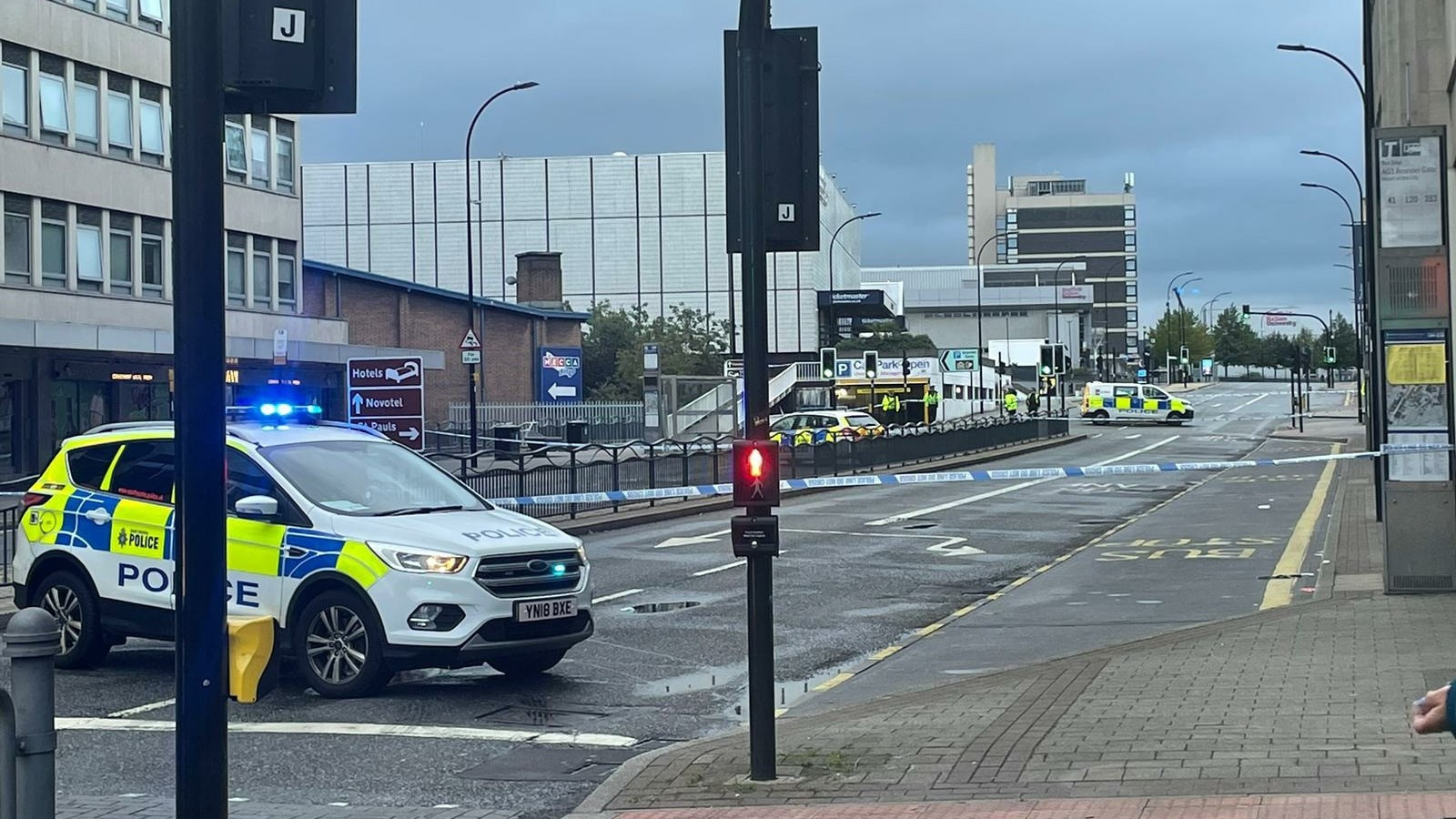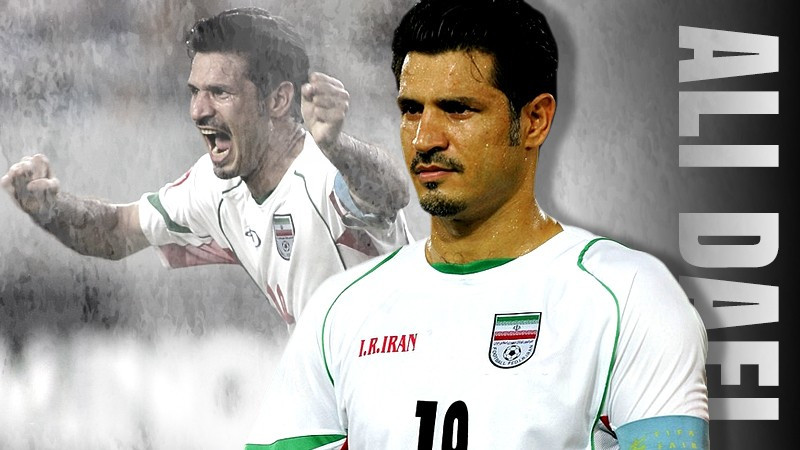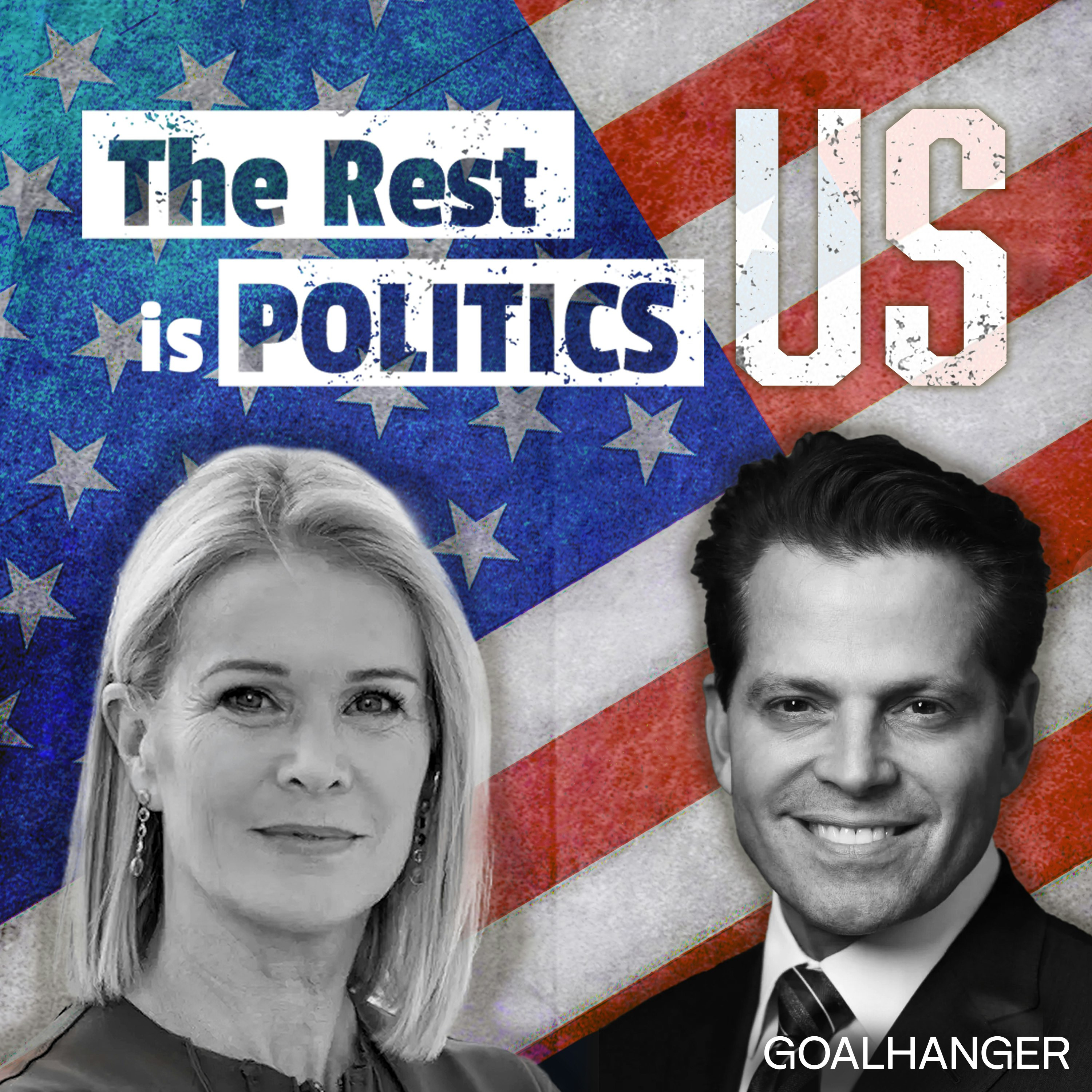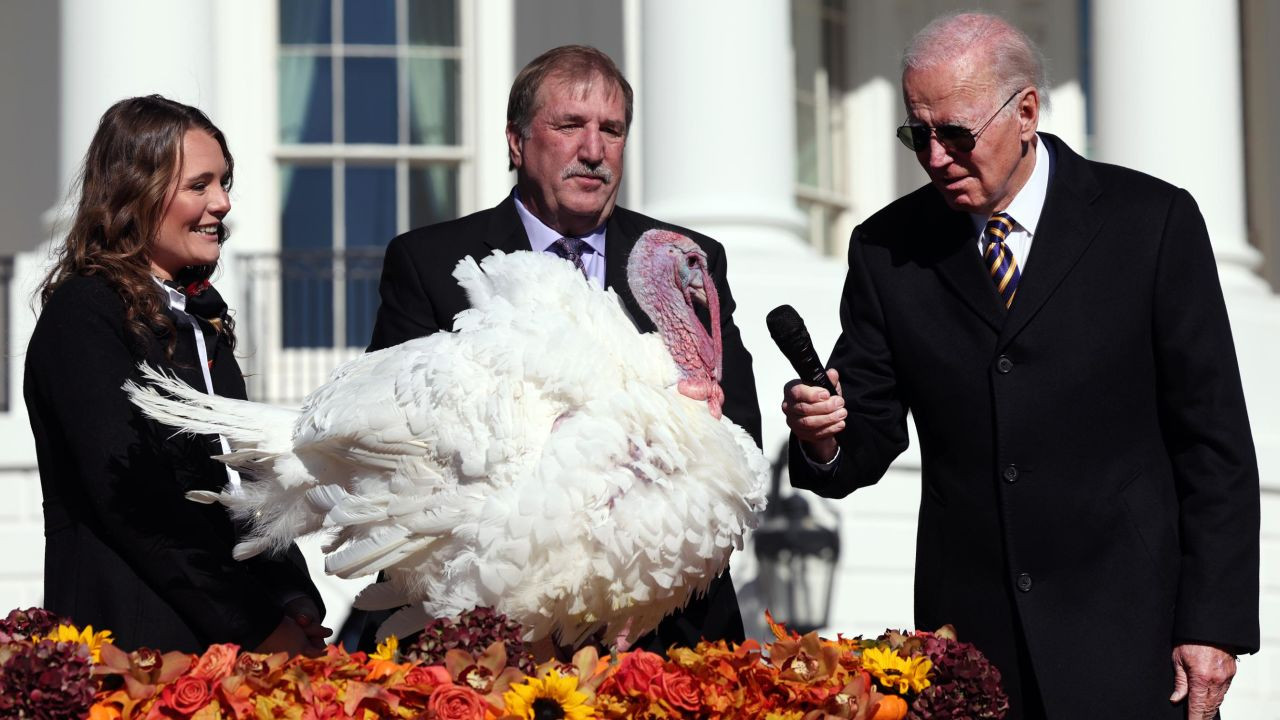Montreal NATO Summit: Pro-Palestinian Protests Turn Violent, Three Arrested
The 70th annual session of the NATO Parliamentary Assembly, hosted in Montreal from November 22nd to 25th, was overshadowed by violent pro-Palestinian protests that erupted on Friday evening. The demonstrations, initially intended to denounce NATO, quickly escalated, resulting in widespread property damage, clashes with police, and three arrests. The events unfolded against a backdrop of heightened tensions following similar student-led demonstrations across the city and throughout the province.
The Protests Begin and Escalate
An initial gathering of protestors commenced around 4:30 p.m. at Émilie-Gamelin Parc in the Ville-Marie borough. Around 5:00 p.m., this group joined forces with another demonstration near Place des Arts, swelling the ranks of protestors. As they marched toward St-Urbain Street, the atmosphere grew increasingly volatile. At approximately 6:10 p.m., protestors ignited a mannequin, interpreted by many as an effigy of Israeli Prime Minister Benjamin Netanyahu, setting the stage for further escalation.
The subsequent march was marked by a barrage of projectiles aimed at police officers. These included smoke bombs, metal barriers, and fireworks. The protestors' actions actively sought to obstruct police work and the general flow of traffic. These disruptive tactics were strategically employed to challenge the authority of law enforcement. Their primary goal appeared to be disrupting the NATO summit and raising awareness to their cause.
Violent Clashes and Arrests
The situation deteriorated sharply when the protest reached the intersection of St-Urbain and René-Lévesque Boulevard. There, some individuals began systematically smashing windows of various businesses, including those located at the Palais des congrès, the venue of the NATO summit. Around 6:40 p.m., the scene devolved into chaos as two vehicles were set ablaze, adding to the already extensive property damage. To regain control, police responded by deploying chemical irritants and employing various crowd-dispersal techniques.
In the aftermath of the violence, Montreal police spokesperson Const. Manuel Couture reported three arrests. These arrests were made on charges of assaulting police officers and obstructing police work, underscoring the level of aggression displayed by some protestors. By 7:00 p.m., the protestors had dispersed, leaving behind a trail of destruction and raising concerns about the safety and security of future events in the city.
Fallout and Wider Context
The protests occurred against a backdrop of widespread pro-Palestinian demonstrations across universities and colleges in Montreal. The events followed similar, albeit non-violent, student protests throughout the province and across the country. These demonstrations highlight the deep-seated feelings among some Canadians about the conflict between Palestine and Israel. The protests in Montreal coincided with the NATO summit, a large international event that attracts considerable media attention and security resources.
The incident underscores the challenges faced by cities hosting major international events, particularly those surrounded by considerable political sensitivities. The clash between protestors and authorities raises questions about policing strategies during large-scale demonstrations and the balance between freedom of expression and maintaining public order. The substantial level of damage inflicted on public and private property further highlights the severity of the situation and the ongoing need to ensure peaceful avenues for expressing dissent. The event also served to exacerbate pre-existing tensions in Montreal’s socio-political landscape.
A City on Edge: Reflecting on the Montreal Protests
The violent pro-Palestinian protests during the NATO summit in Montreal serve as a stark reminder of the complex political landscape within the city and Canada's role in international affairs. The events, which resulted in property damage, injuries, and arrests, sparked debate about the limits of protest and the appropriate response from law enforcement. The incident also brought to light the deeply held beliefs and passionate sentiments concerning the ongoing conflict between Palestine and Israel.
The aftermath saw a wide range of reactions, from condemnation of the violence to calls for greater understanding of the underlying issues fueling the demonstrations. The incident undoubtedly served as a catalyst for introspection and renewed discussions on the need for a more equitable approach to international conflicts, raising questions about Canada's foreign policy and its impact on the global stage. The incident serves as a cautionary tale of how heightened emotions can quickly spiral out of control and lead to unintended consequences. This leaves lasting impressions on both the city's reputation and public safety.




